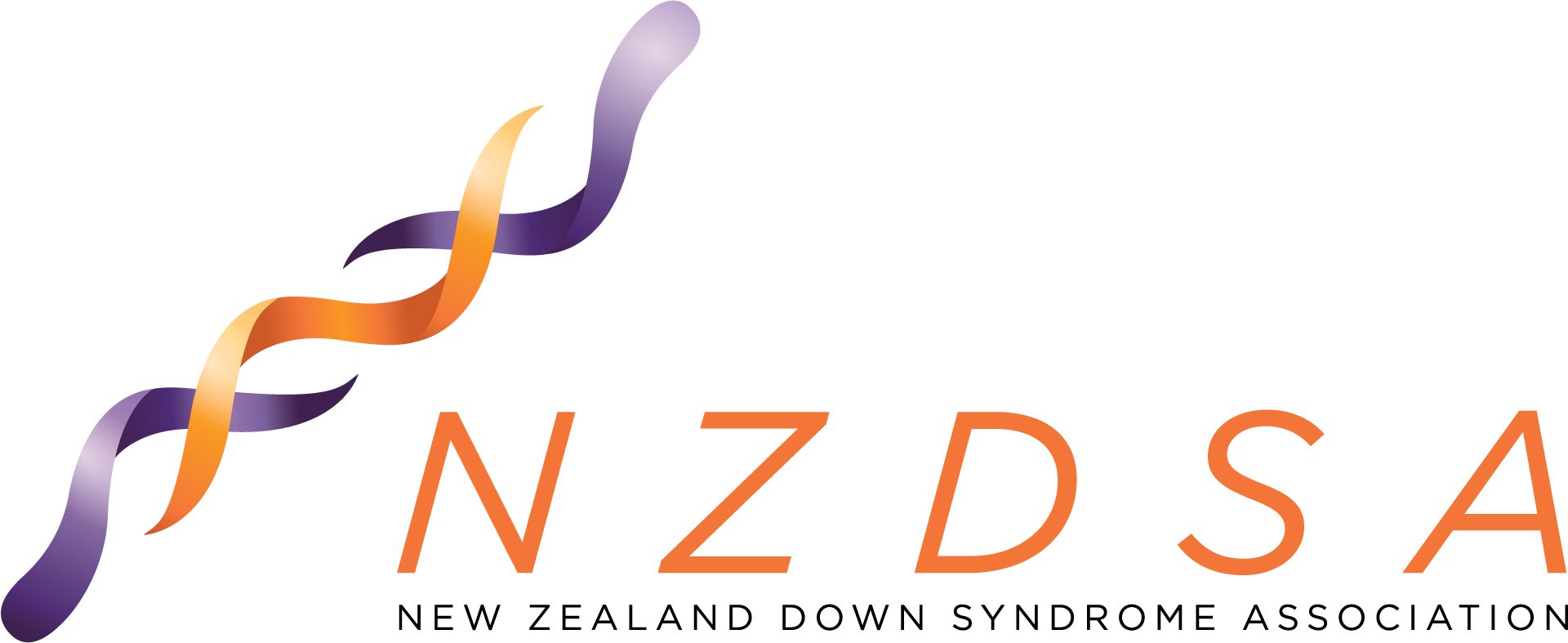NZDSA Media release
The New Zealand Down Syndrome Association (NZDSA) has welcomed the first international guidelines for educating learners with Down syndrome which were released last week. These guidelines are an important document that will inform the education needs, inclusion and life possibilities of learners with Down syndrome.
Down Syndrome International (DSi) has developed these guidelines, using experts and existing research from around the world, to enable teachers to help their students with Down syndrome reach their full potential.
NZDSA National Executive Zandra Vaccarino thinks these guidelines are a game changer and will become an invaluable asset to New Zealand educators.
“We know that educators in New Zealand will welcome this resource as there is a great need for expert guidelines to teach students with Down syndrome,” says Mrs Vaccarino.
“These new global guidelines have pulled together the best practices available around the world and will facilitate the realisation of the right of people with Down syndrome to an inclusive education and lifelong learning.”
New Zealander Bridget Snedden, Vice Chairperson of DSi says these guidelines have been developed to improve the availability and quality of education for people with Down syndrome around the world.
“We need to raise the expectations among educators of what young people with Down syndrome are capable of,” says Snedden who was closely involved in developing the guidelines.
Snedden’s own son Alex is 32 now, “and I think if we had these guidelines when he was at school then it would have made his full inclusion a more positive experience for everyone and would have increased the expectations of teachers and supported his inclusion at school”.
Vaccarino says that the need for international guidelines has been a hot topic at the international conferences the NZDSA has attended.
“I was fortunate to attend, along with other New Zealand parents and a host of representatives from all over the world, a vital session to discuss issues with inclusive education and to find solutions. The outcome was the need for a document that would provide guidelines that could be used worldwide, so we celebrate this resource that DSI has published.”
According to Snedden, Down Syndrome International sees full inclusion of students with Down syndrome as the key to successful outcomes at school and in life.
“Even in 2020, too many New Zealand schools will direct students to learning support units, essentially segregating them from the peers in their community, without fully exploring opportunities to adapt the curriculum.
“There may be good reasons to do so, but too many students end up going through school without interacting with their non-disabled peers, not giving all children the opportunity to learn from each other and the skills they need when they finish school to participate in the wider community,” says Snedden.
“We hope these guidelines can facilitate greater independence and future employment.”
To download the guidelines, please go to:
https://www.ds-int.org/Handlers/Download.ashx?IDMF=7a4a9546-287d-49c1-8573-888319d7310f

